THE NAVEL
BELLY BUTTON PIERCING
A revisit to a popular adornment
History: The navel piercing first hit the mainstream when models Christy Turlington and Naomi Campbell revealed their recently pierced navels at a London fashion show in 1993. The popularization of the piercing, however, is accredited to the 1993 Aerosmith music video for their song “Cryin’“, wherein Alicia Silverstone has her navel pierced by body piercer Paul King.
CONSIDERING A NAVEL PIERCING?
If you’re thinking of getting your navel (belly button) pierced, we would love to welcome you to the studio.
We get lots of inquiries about this piercing, and with lots of information floating around on the Internet, we thought we would pop together a little blog explaining all you need to know ahead of booking in for your new piercing!
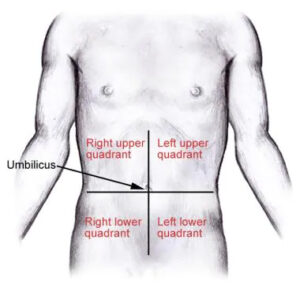
ANATOMY
Before we dive into anatomy, it’s important to point out that all piercings are “anatomy dependent”. If we pierce two people’s ear lobes, we won’t pierce them exactly the same way – because they will have unique differences to shape and the angles the tissue lays at, depth required and thickness of jewellery are all simple common variations.
Our individual anatomy makes us the unique human that we are!
Biology: Your belly button formed when the umbilical cord was cut after birth, and like you, it’s entirely unique. There are as many variations of belly button as there are people on the planet. Some have shapes that stay wide open even when seated and others close – while some have a protruding shape – and many other possible variations from there!
When we assess YOUR anatomy for A navel piercing, we are looking for three MAIN things;

Shape
Is there a ‘lip’ or fold of tissue above (or below) that will support a barbell?

Movement
Does your belly button stay open, or does it close, when you sit down?

Lifestyle factors
What does your daily life look like, your clothing and activity styles
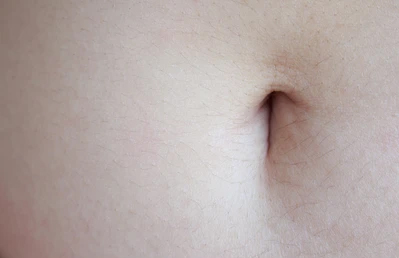
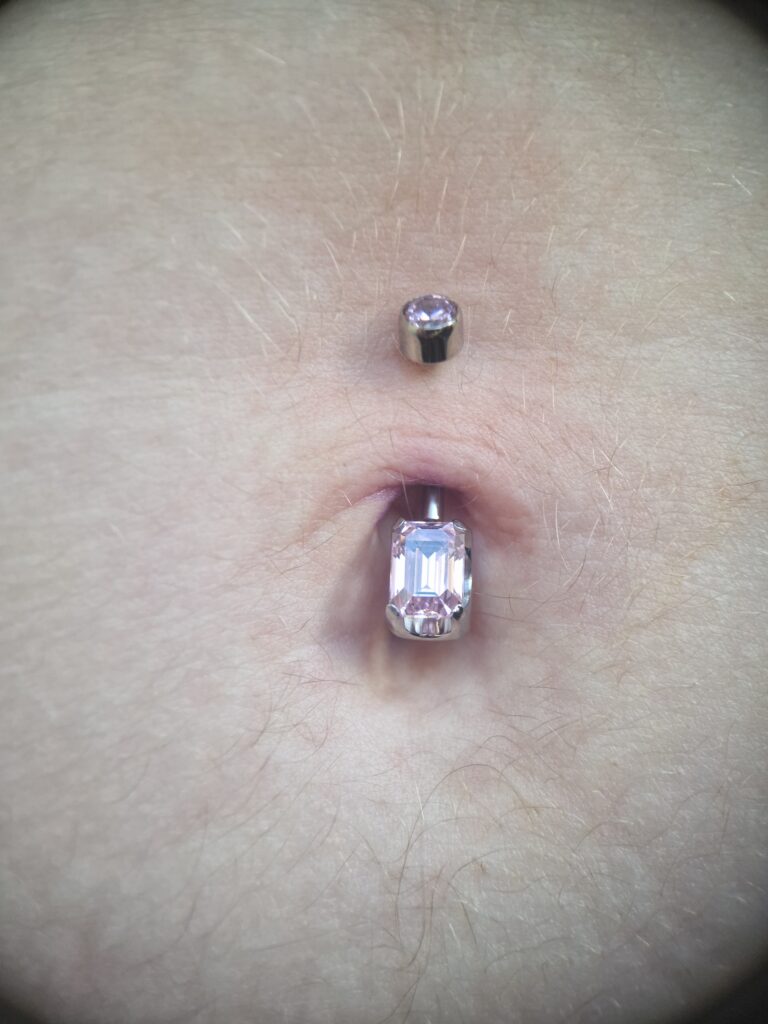
LIP:
If your navel stays open when you sit down and you have a nice pronounced lip at the top (or bottom) of your navel, then you may well be a good candidate for a “traditional” navel piercing – a la Britney Spears in the 1990’s – with a large decorative piece at the bottom, and a smaller bead at the top. Like the two images above
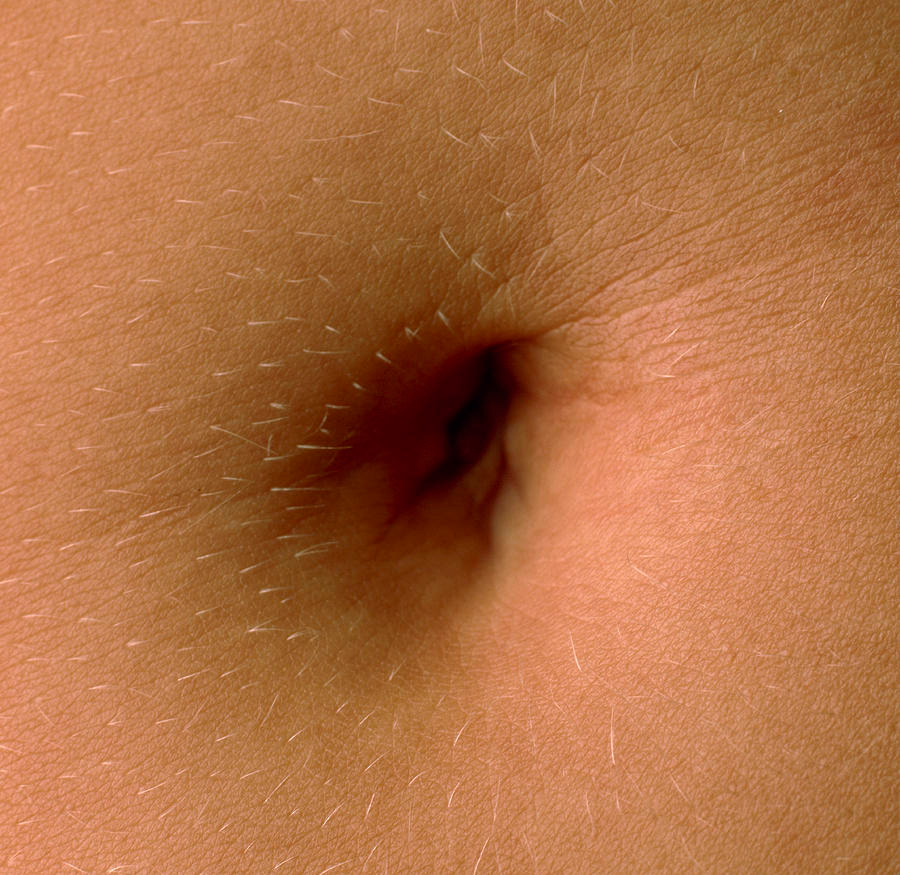
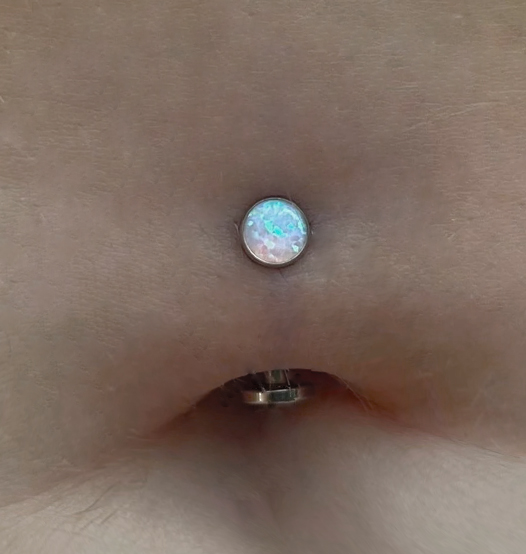
No lip:
If your navel closes when you are sitting down, and you have a pronounced lip at the top of your navel, you may well be suited for a “floating” navel piercing – this is when a piece of jewellery is used that has a larger, decorative end at the top, and a smaller disc or bead on the bottom. These piercings are placed a little deeper into the navel, and when downsized, the jewellery can appear to “float” magically at the top of the navel – which is where they get their name!
VARIATION, THE SPICE OF LIFE
It’s important to note that if your pierced in the “floating” style, you won’t be able to switch around to typical styles of navel jewellery later on – this can cause serious irritation, even to well healed navel piercings, and it also runs the risk of causing migration; all whilst being very uncomfortable.
Of course, these two broad descriptions of navels could never possibly encompass all of the wonderful variation we all have as individuals. Some folks will have shapes that do not close when they sit down, but are very narrow so a big gem might be uncomfortable for them. Others might have protruding belly buttons (“outies”) which sadly, are not suitable to be pierced safely in most instances.
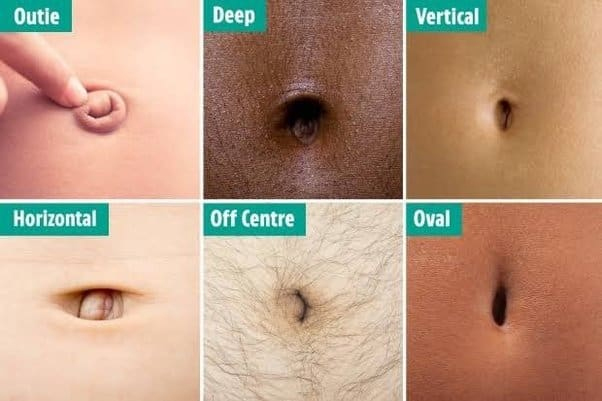
Good to know: If you’re unsure what your options are, we have a brand-new option on our booking options for navel consultations, which gives you the opportunity to book in with one of our piercers for an anatomy check and to thoroughly discuss your options for piercing.
LIFESTYLE CONSIDERATIONS
Every piercing means considering your lifestyle a little – we are whole beings with interests and hobbies and jobs and clothing preferences – which means that we all have different piercing journeys and things to consider.
If youre required to wear a uniform with high-waisted clothing, or a hobby/interest which calls for high-waisted clothing, a navel piercing may not be the best choice for you. These piercings will not heal if they have clothing rubbing against them, and will become very irritated and uncomfortable.
If you’re someone who has a job or hobbies in which you’re doing a lot of twisting/bending, again – maybe navel piercing isn’t quite right for you in this chapter of your life. Keeping these piercings as still as possible (it IS a high movement area naturally) is key to healing.
You’re going to want to avoid submerging the new piercing in water for a good 6 weeks, possibly longer – the belly button can collect and hold moisture for a long time, and a wound that can’t dry can end up in all sorts of trouble.
You will also have to be mindful of beauty and cosmetic products like fake tan, body oil and body lotion whilst you are healing – if you’re someone who loves using those types of products, do ask yourself the question of whether you can forgo them for a period of several weeks!
TYPES OF JEWELLERY
Vertical design
When you think of a ‘belly bar’ this is likely the image that comes to mind, consisting of both a top and bottom gem with both looking out and away from the body
FLOATING ATTACHMENTS
Utilizing a single attachment (threaded onto a curved barbell) looking out at the world.
CASCADING
A healed Floating Navel can wear some gorgeous cascading jewellery such as these
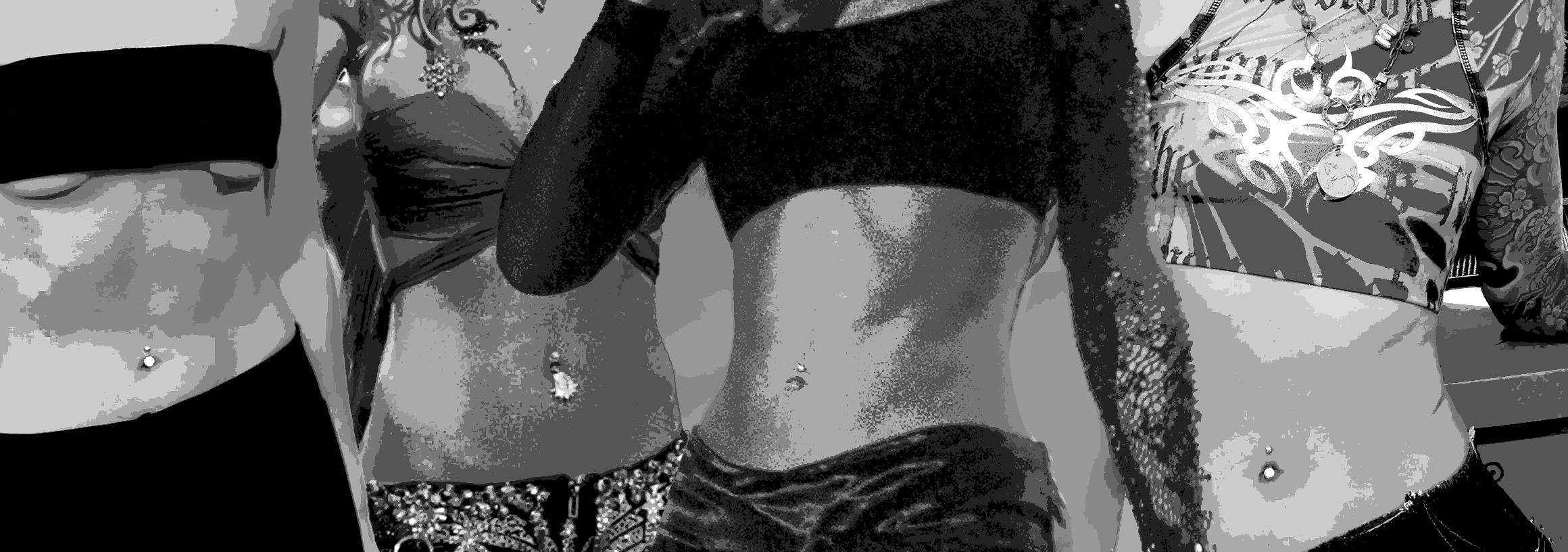
“The navel, also known as the belly button or umbilicus, is a scar on the abdomen formed after the umbilical cord is detached at birth”
– Wiki
TO THE FUTURE – PREGNANCY
If you are thinking of becoming pregnant, and are also thinking of getting a navel piercing – our advice would be to focus on your pregnancy journey, and recovery post-partum for a period of 6 months or so, and then plan your piercing. Please note, we cannot pierce you whilst you are pregnant or if you are breastfeeding and even until three months after you cease breastfeeding..
If you’re already pregnant and have a navel piercing, our advice would be to remove this piercing as soon as you notice changes to your tummy. This means that the chances of scarring from migration as your pregnancy progresses are minimized. Post-partum, we can often ‘rescue’ a well established piercing for you.
Unfortunately, flexible “pregnancy bars” or attempting to keep jewellery in place for the duration of your pregnancy often result in migration and scarring, as the skin becomes tighter and changes as the pregnancy progresses.
SURGERY & RECONSTRUCTED NAVELS
Lots of folks have surgery scars around their belly button area, and it does not always mean that you cannot get a navel piercing. There’s lots of things we need to consider as your piercers, to help you make the best choices.
These include;
- What sort of procedure was performed, and what method your surgeon used
- How long ago the procedure was performed, and how scarring has settled if there is any
- If any further abdominal surgeries are planned
Piercing re-constructed navels (for example, from a “tummy tuck”) or when there is other surgical scarring is not impossible, but it is something that would require an in-person consultation ahead of your appointment, and some frequent check-ups just to check in on your healing journey.
BOOK NAVEL YOUR PIERCING HERE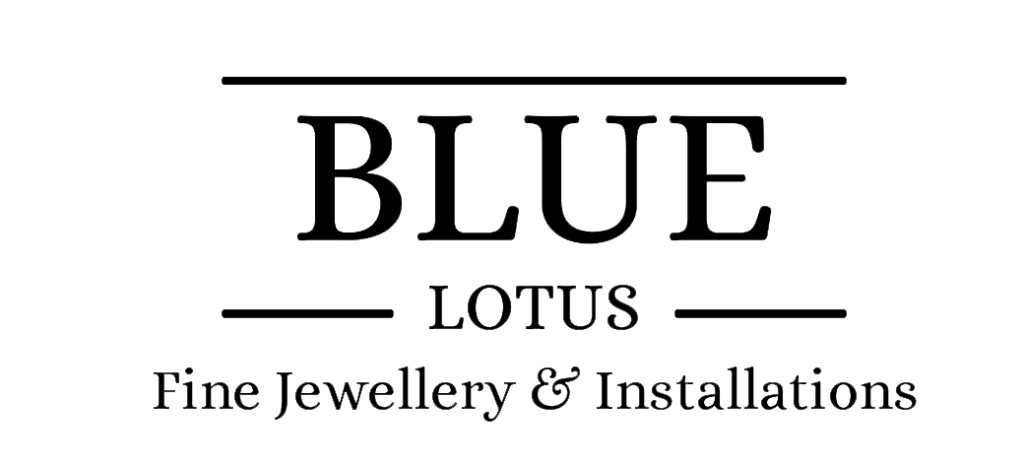
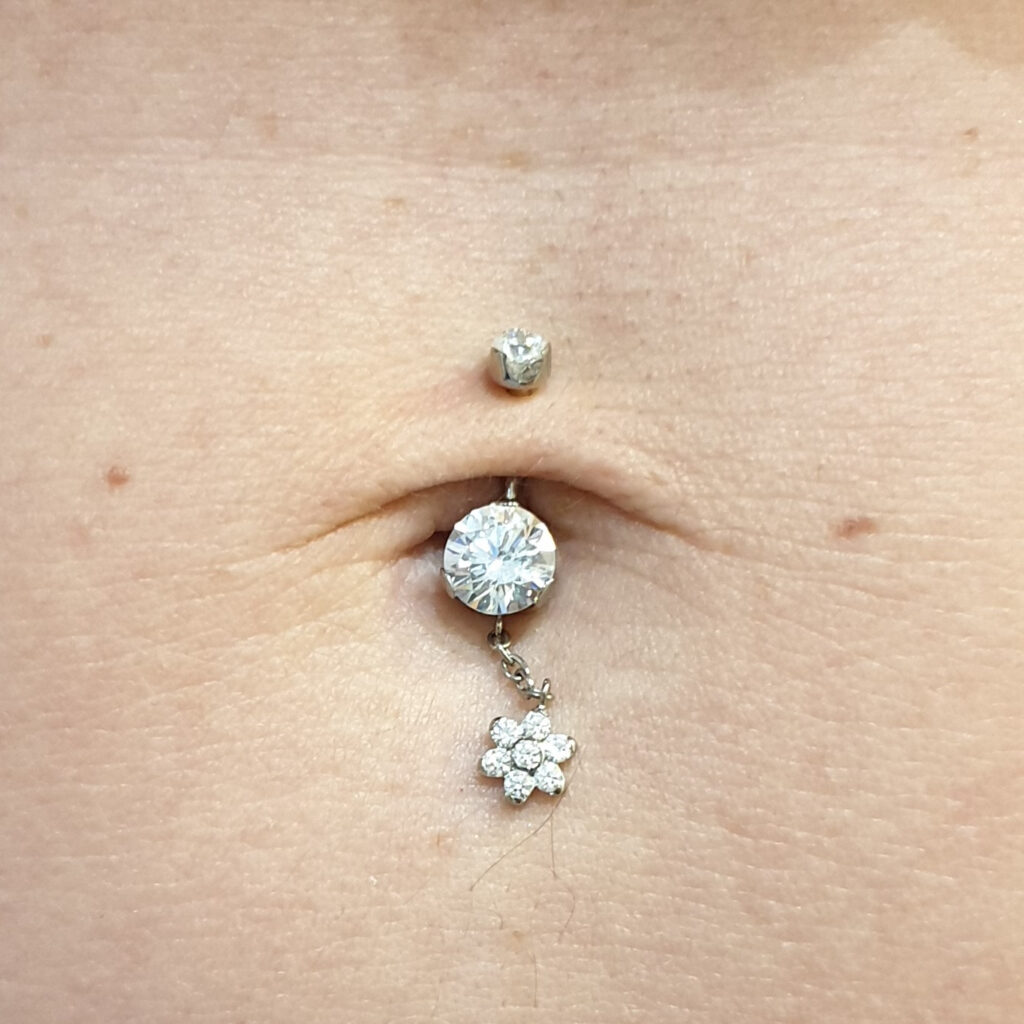
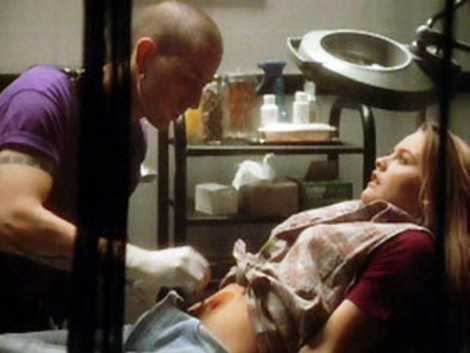

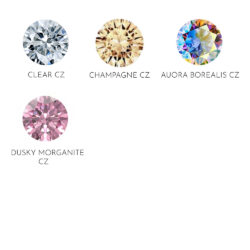
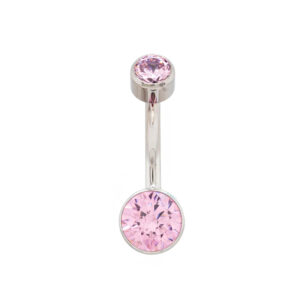
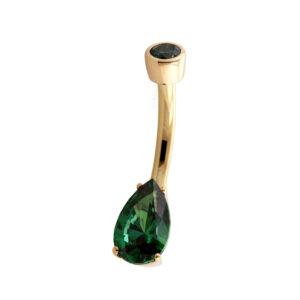
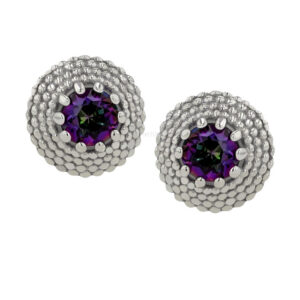
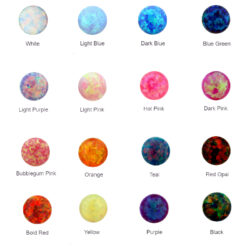
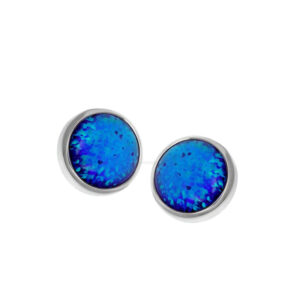
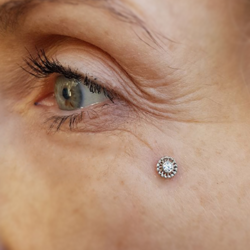
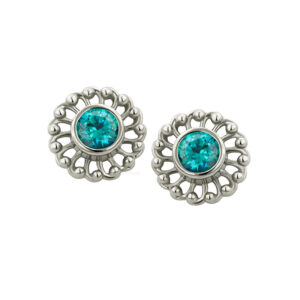
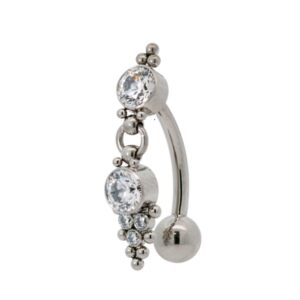
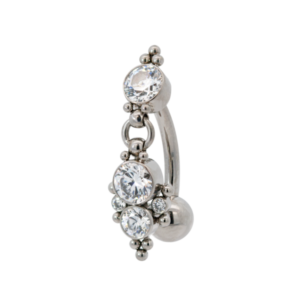
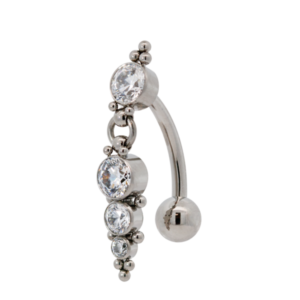
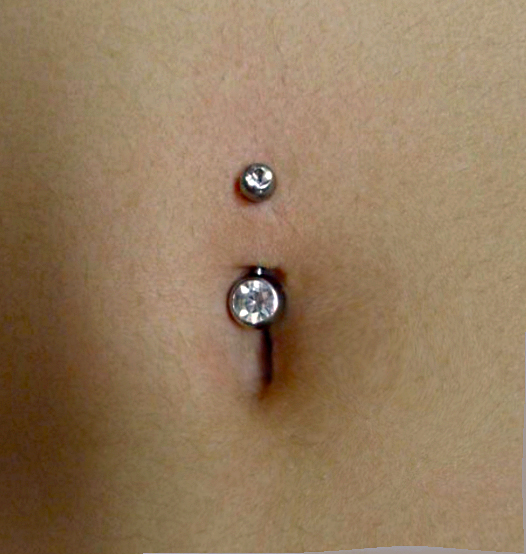
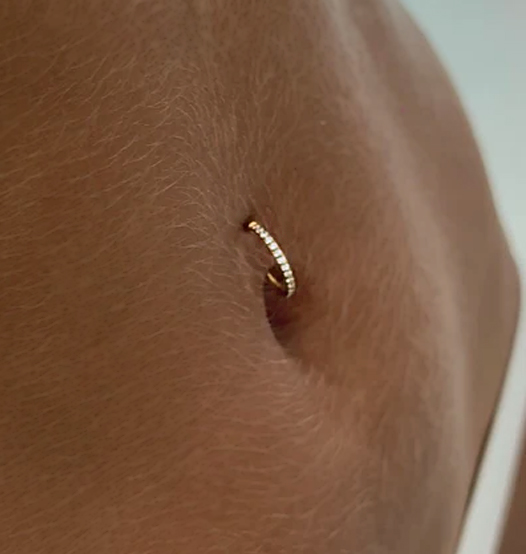
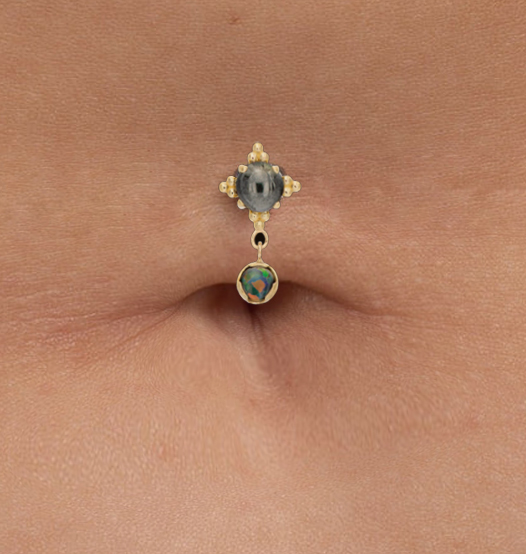
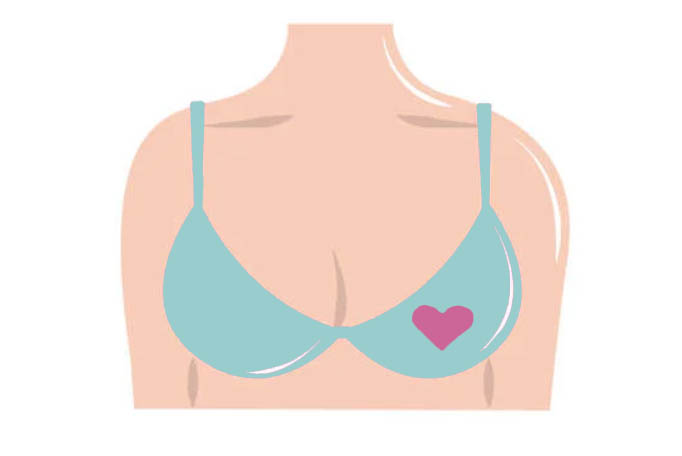
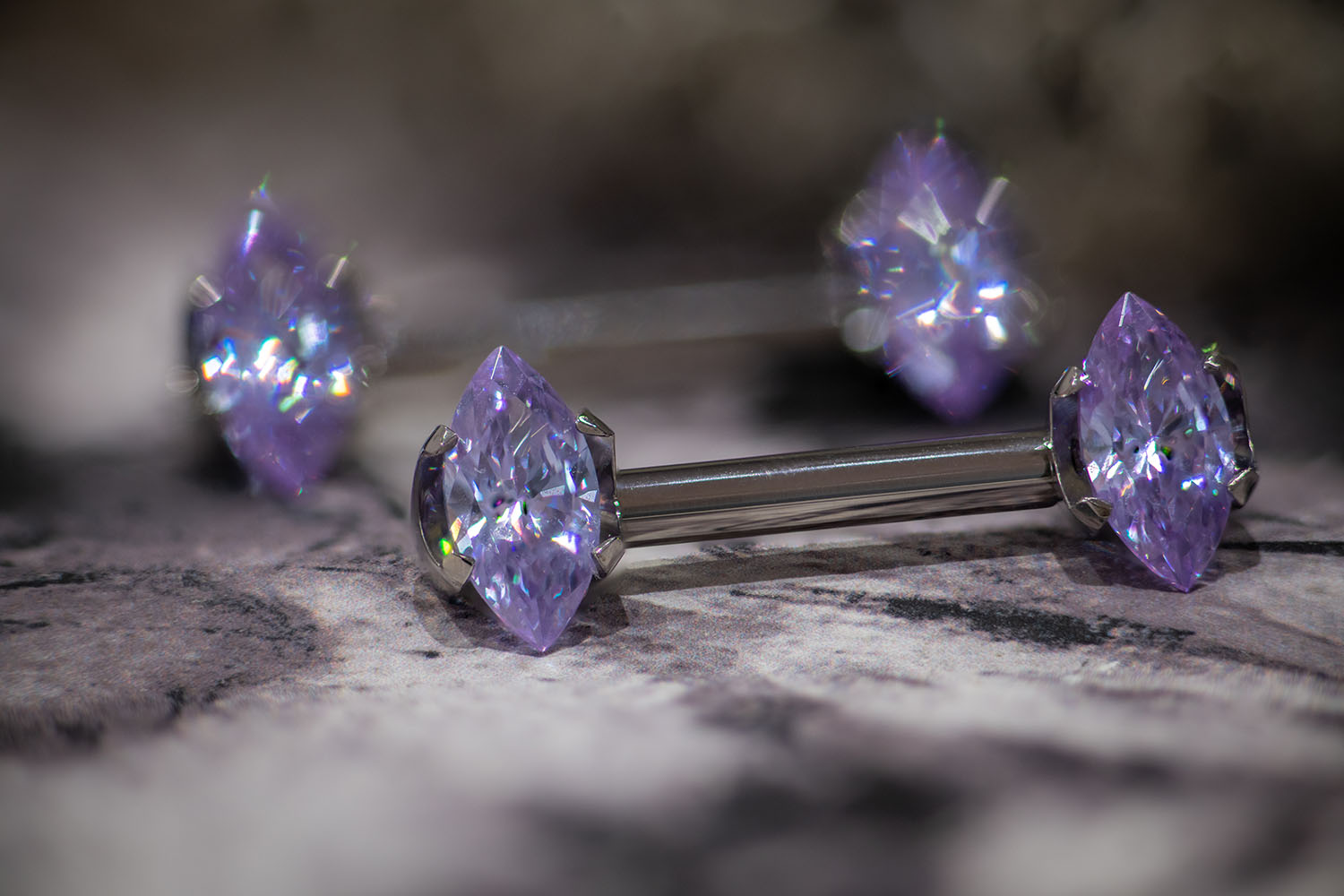
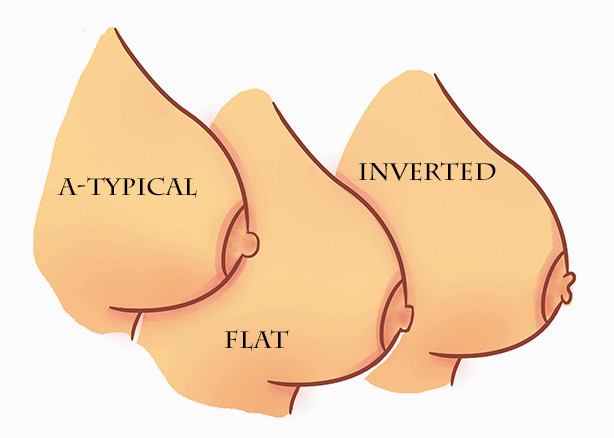
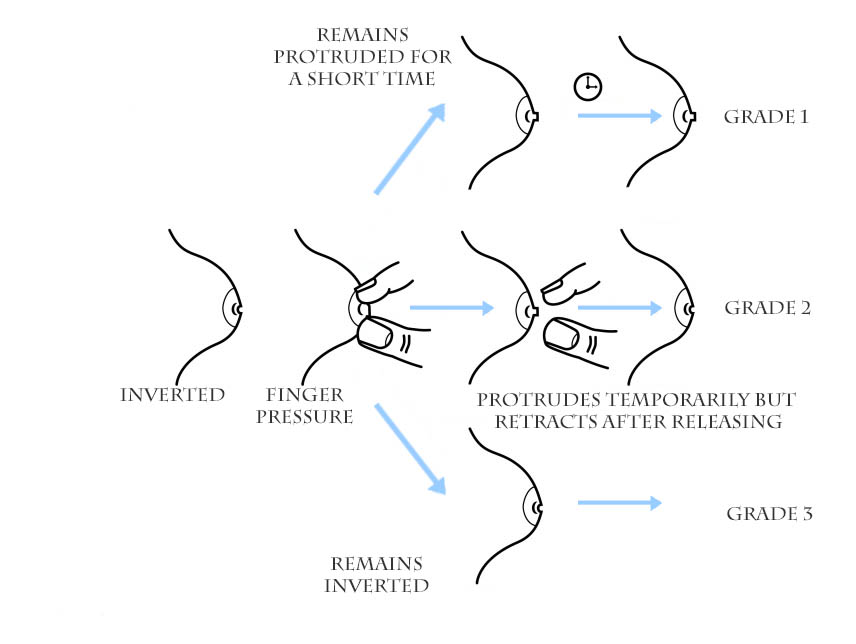
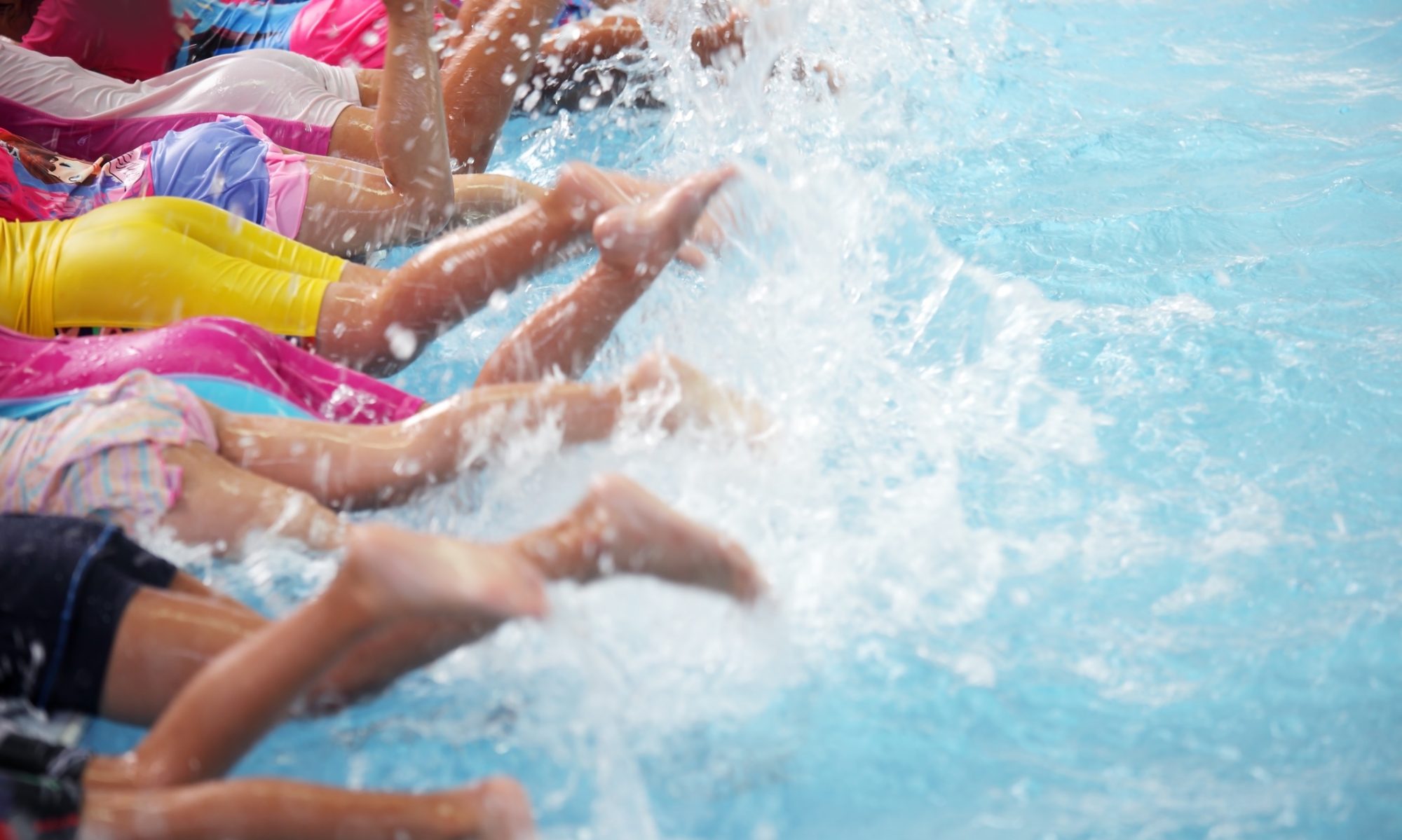
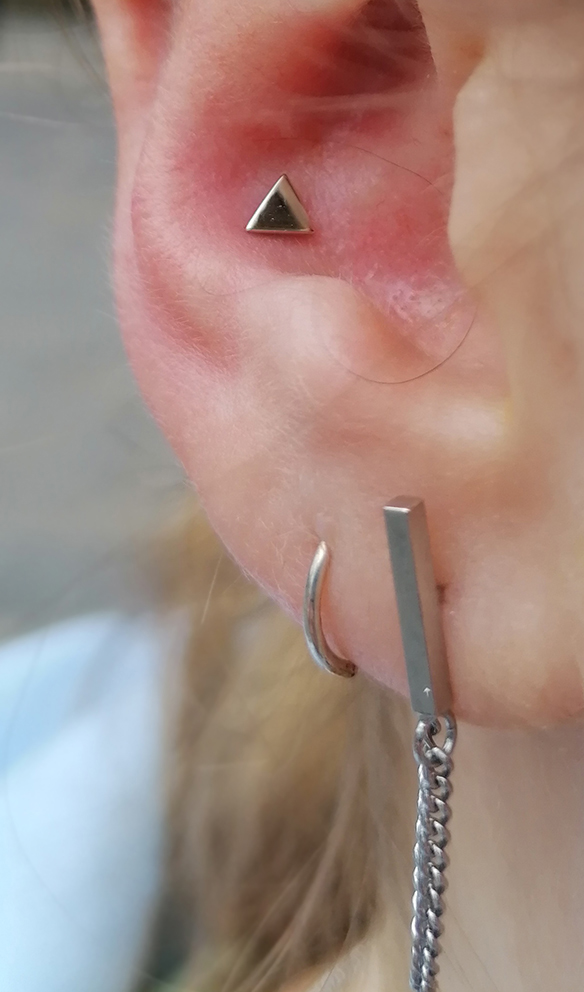
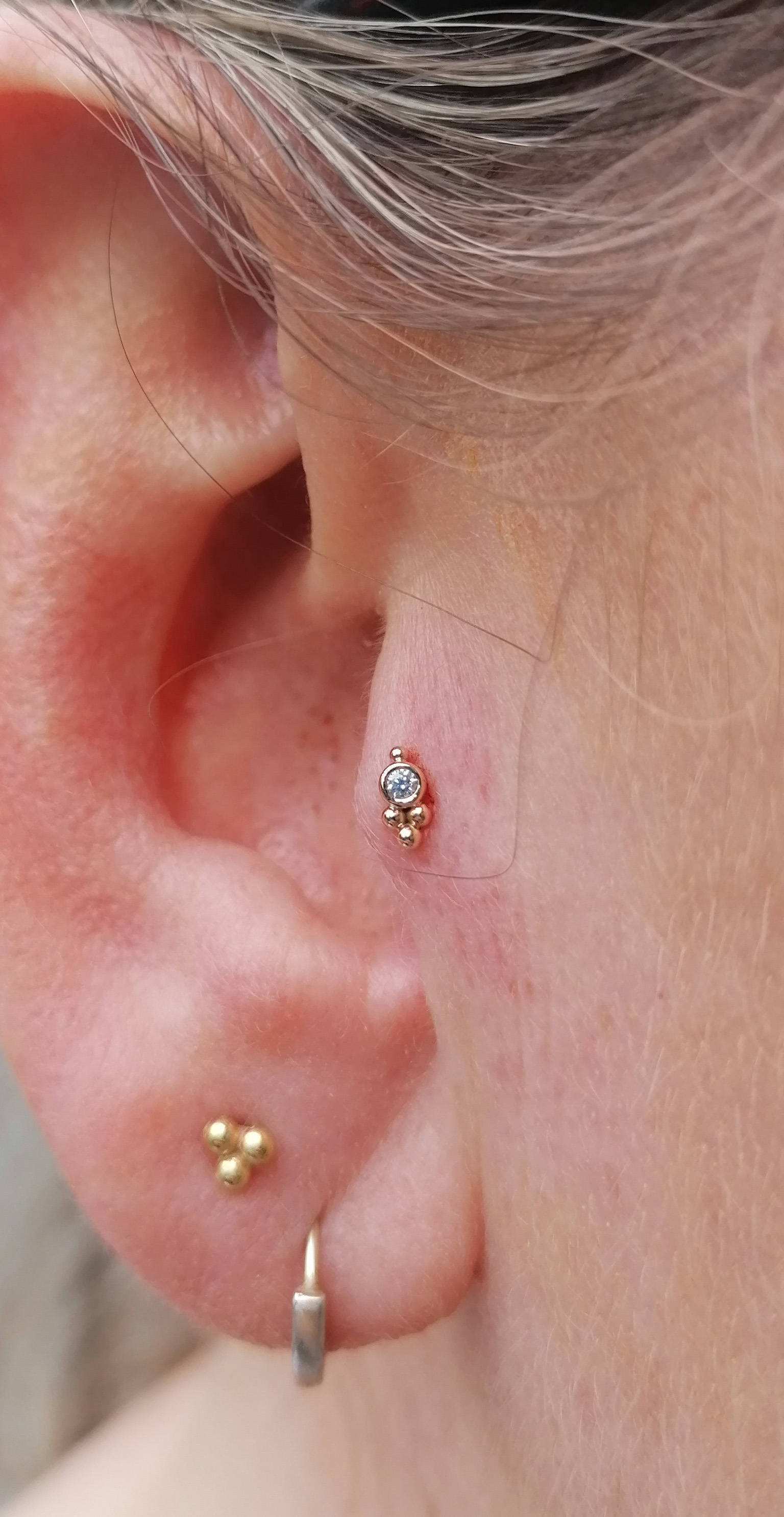
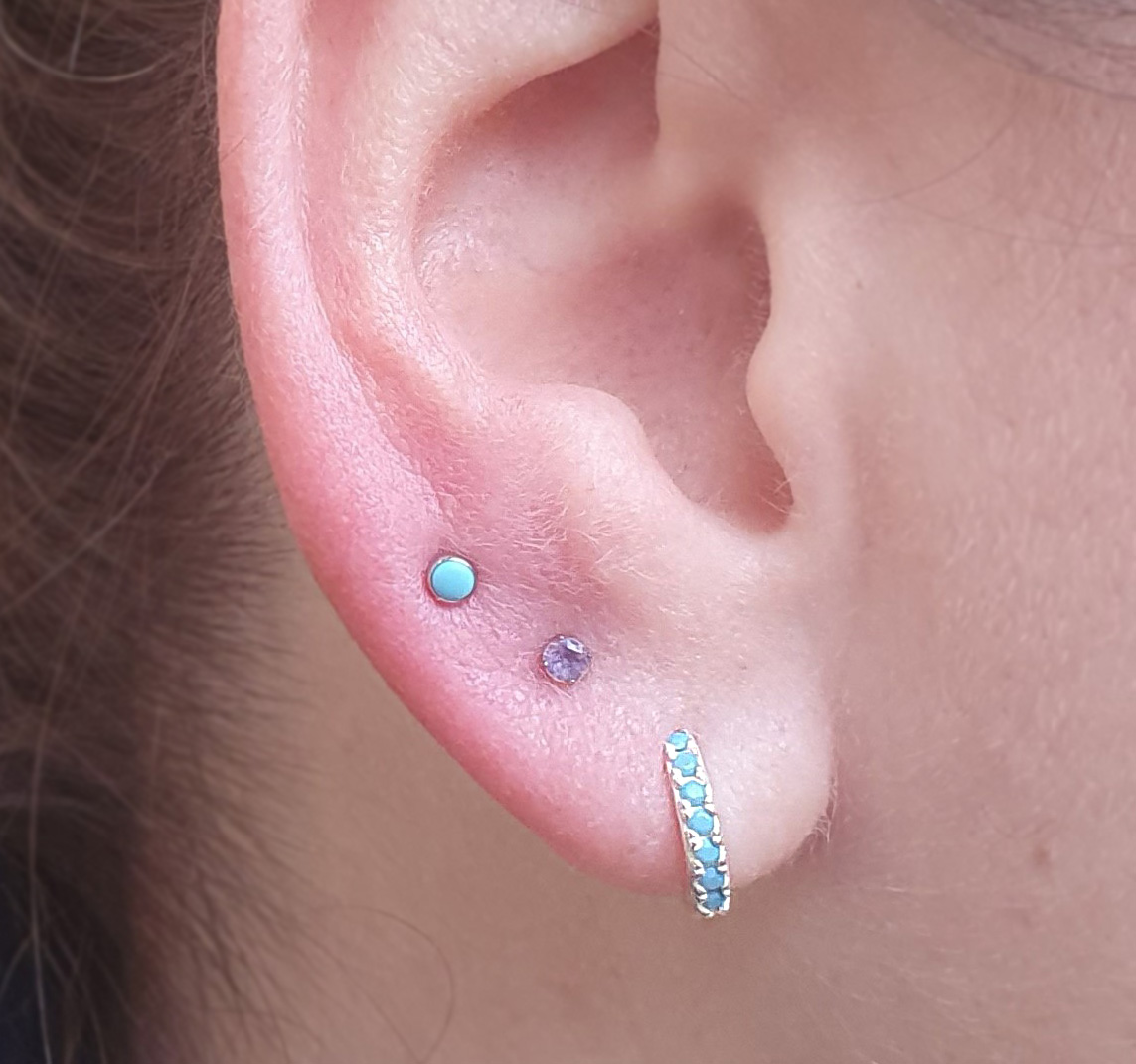

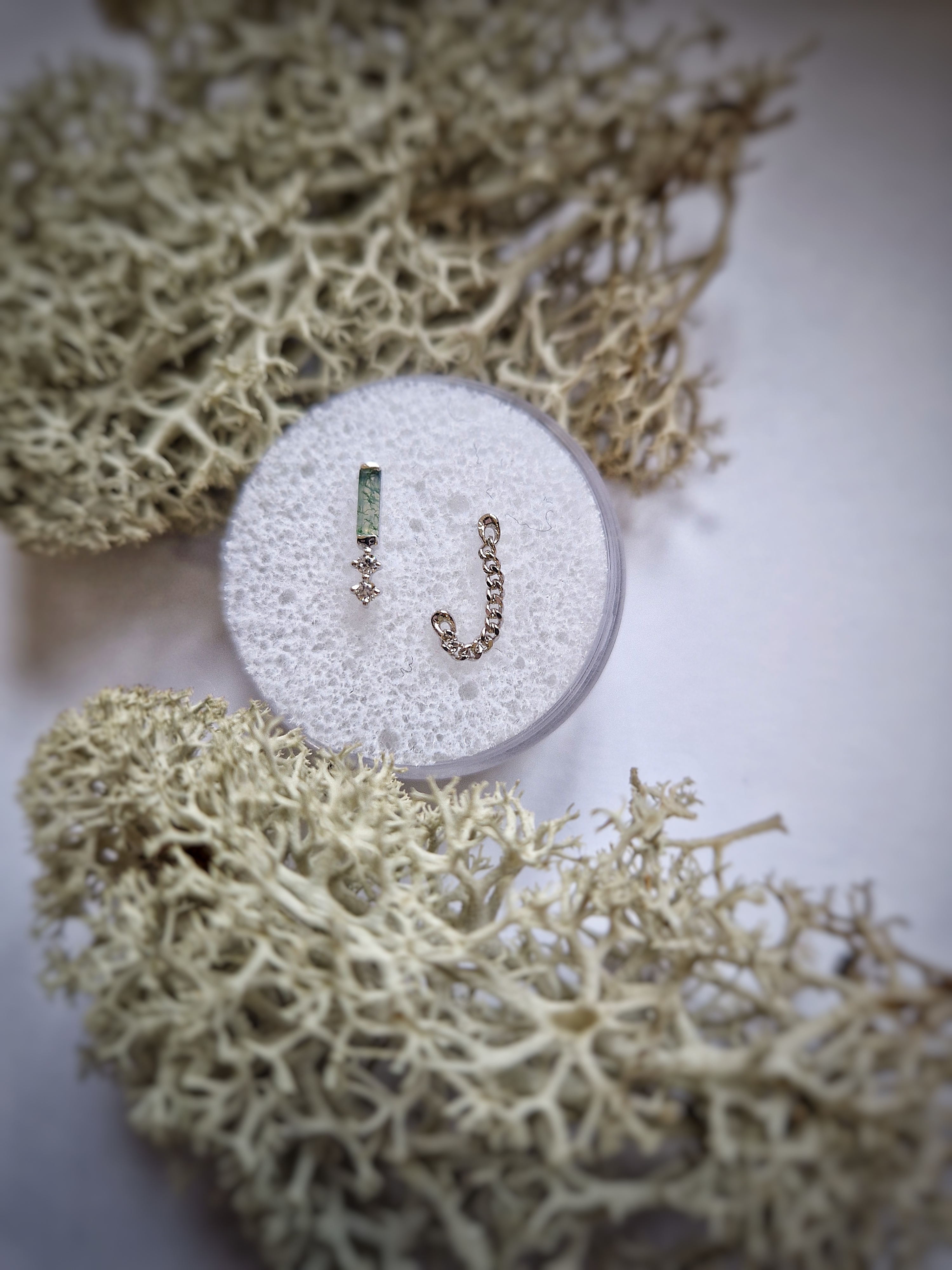

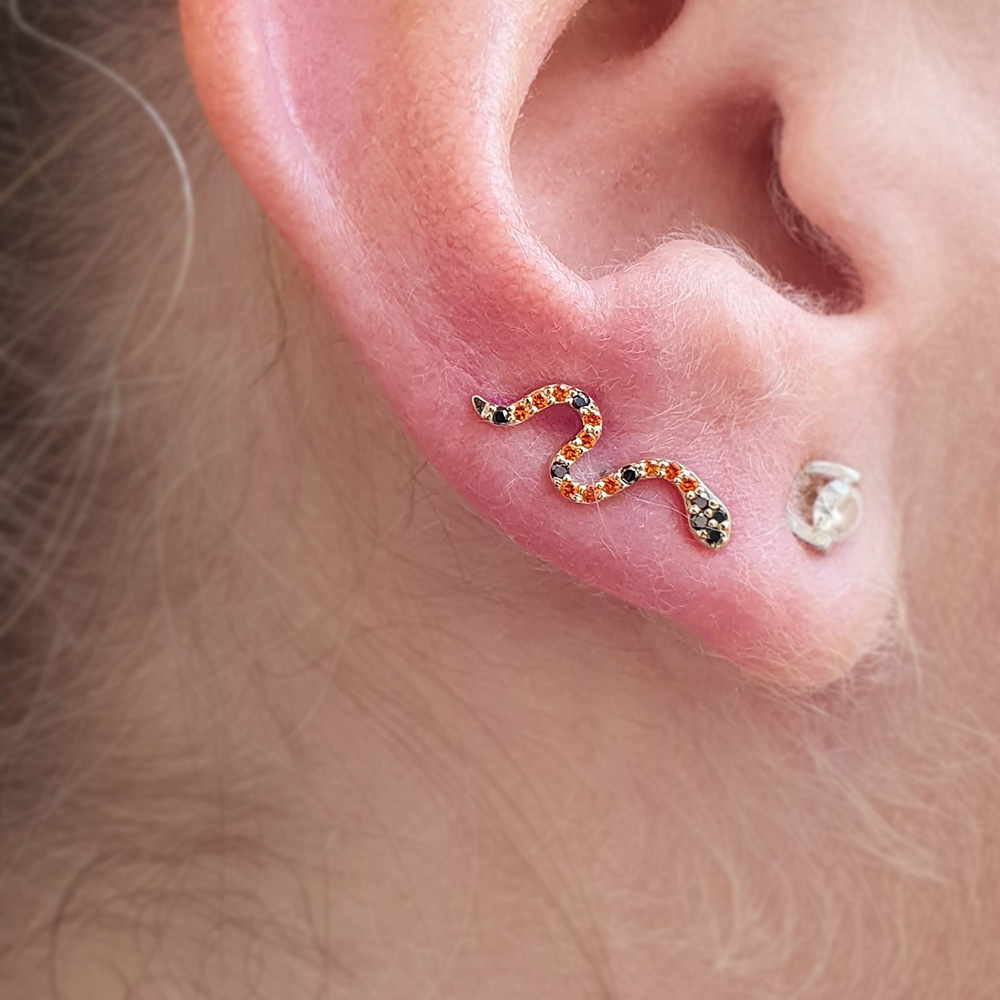
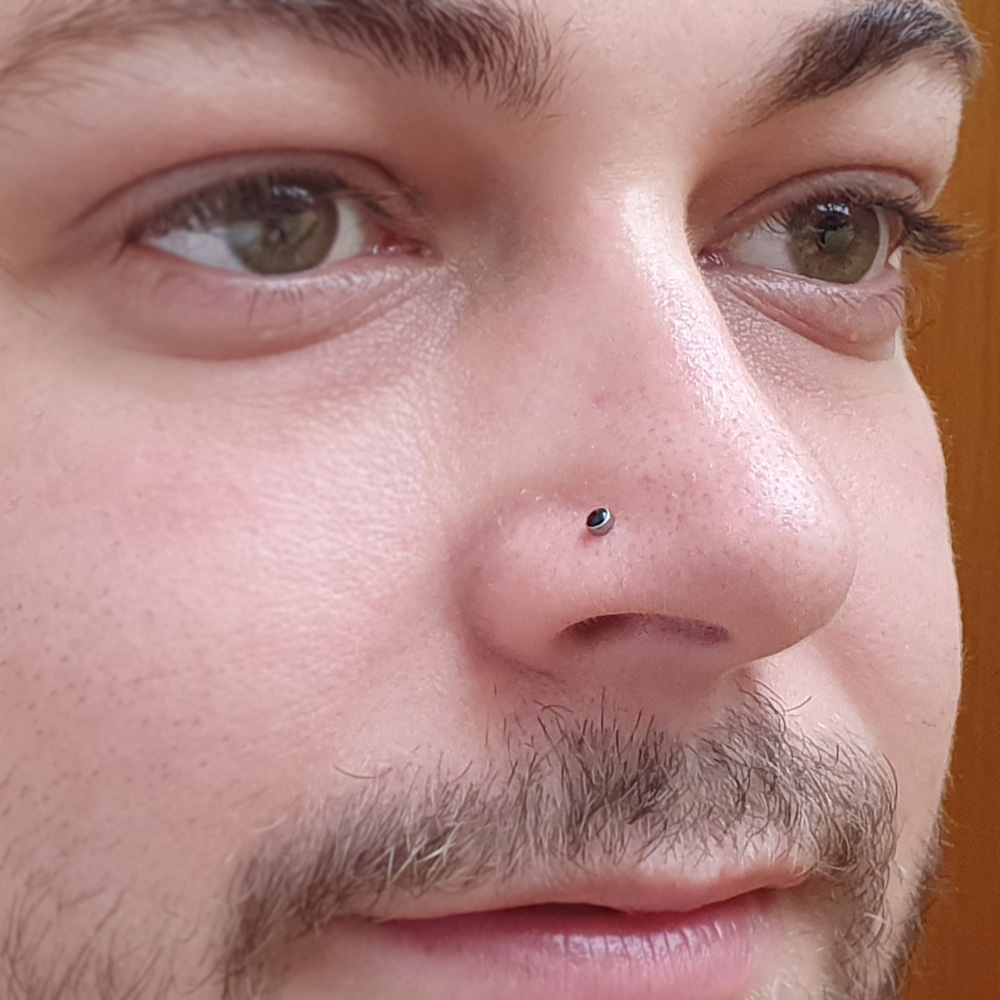
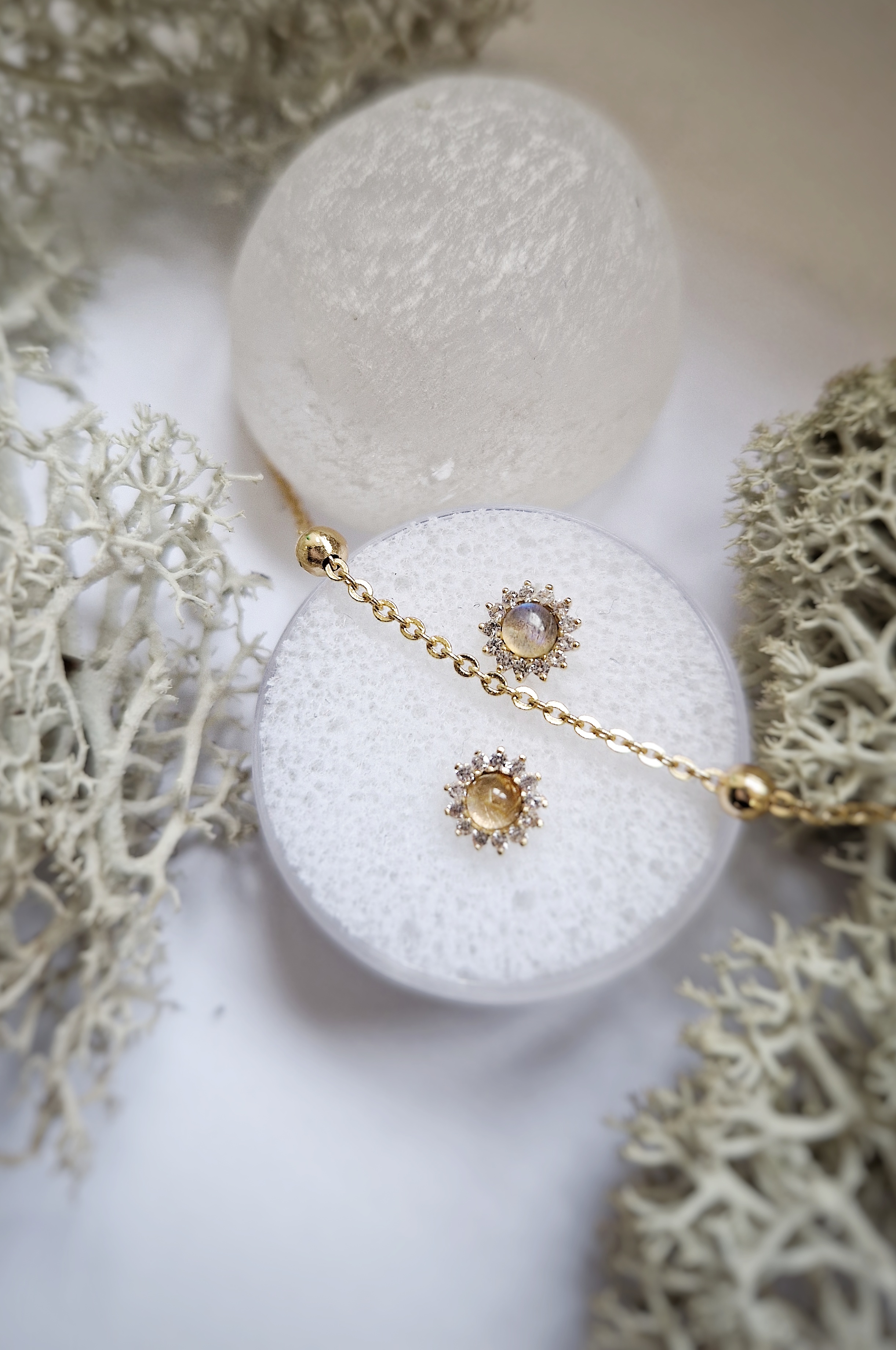
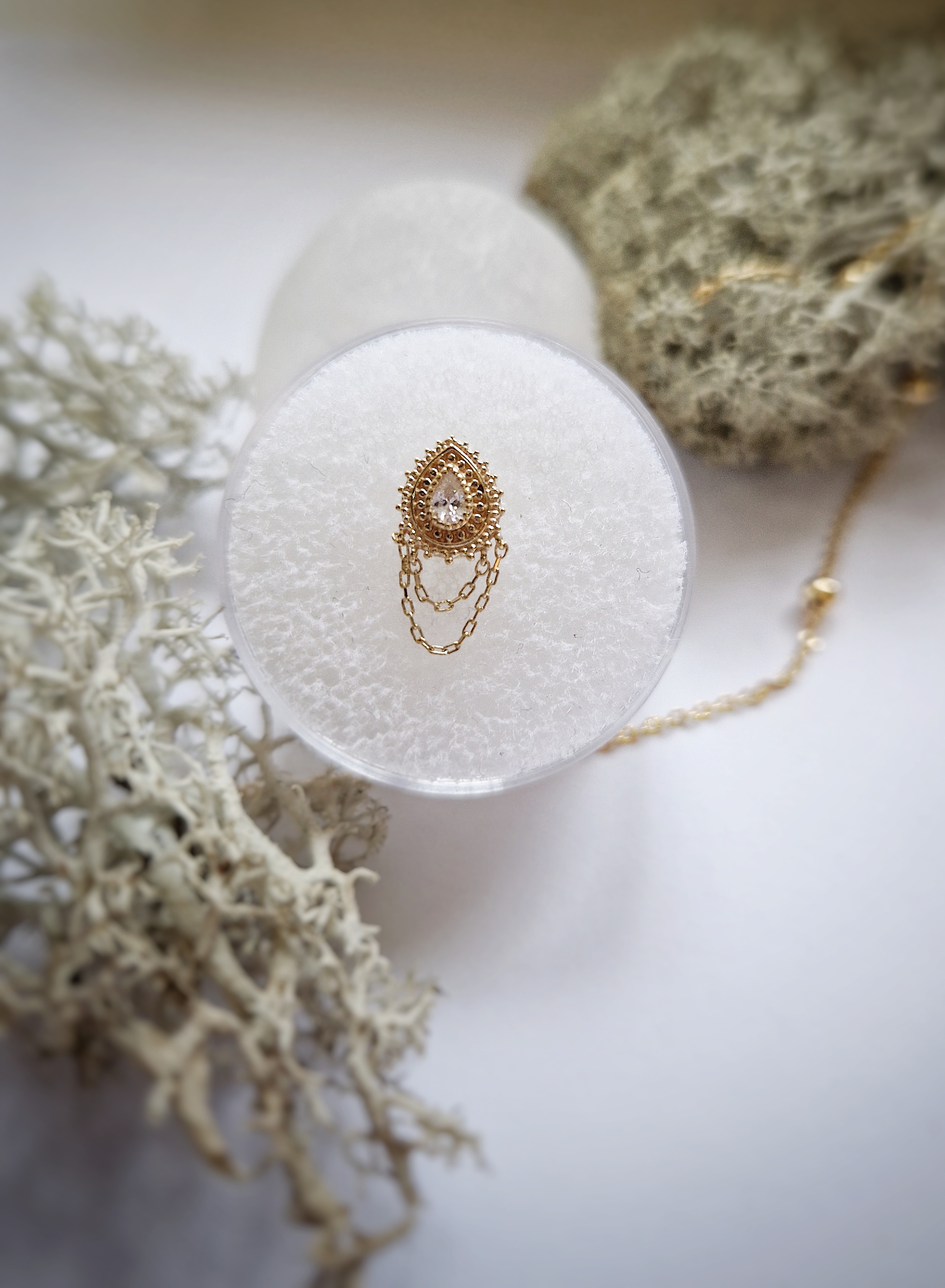
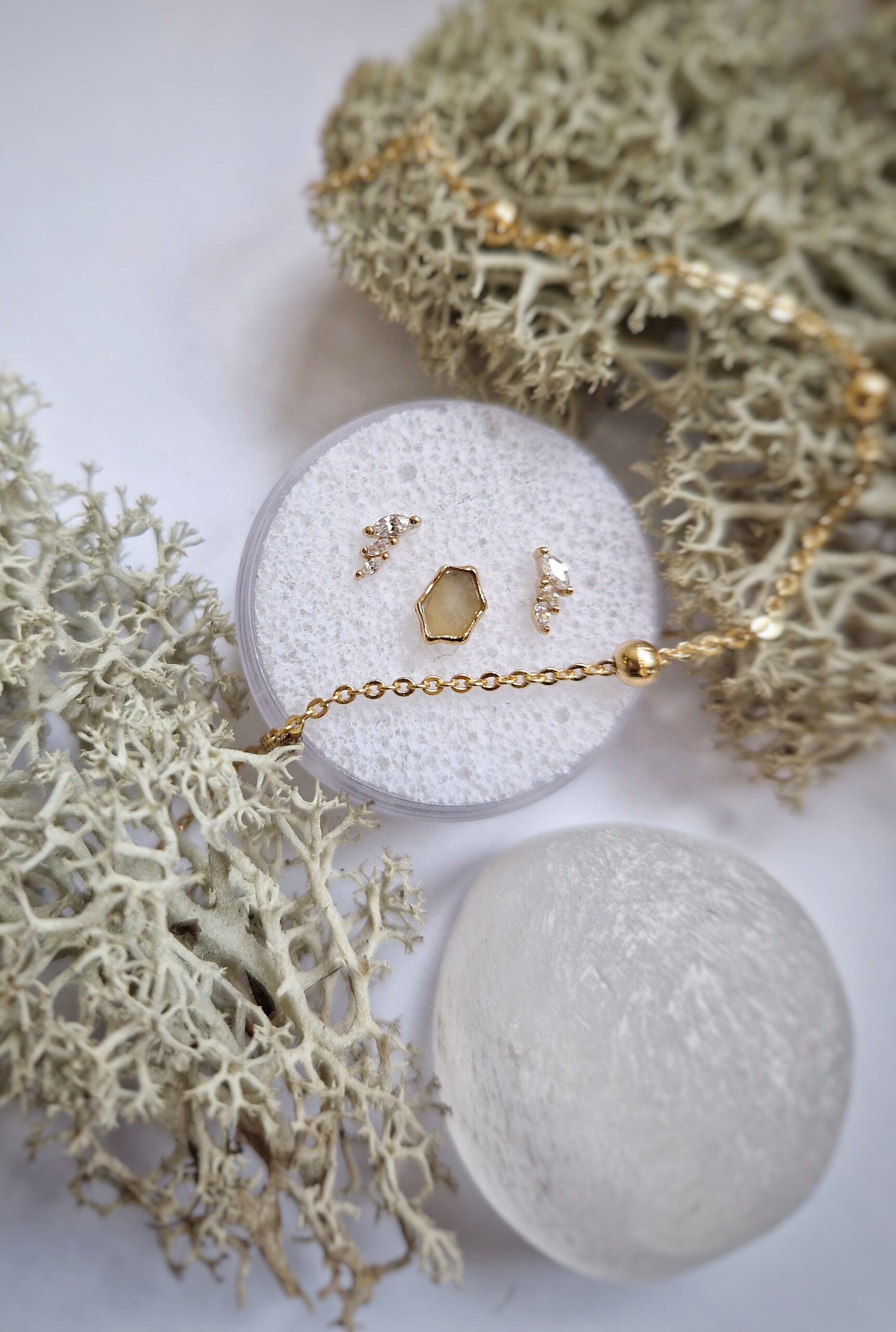
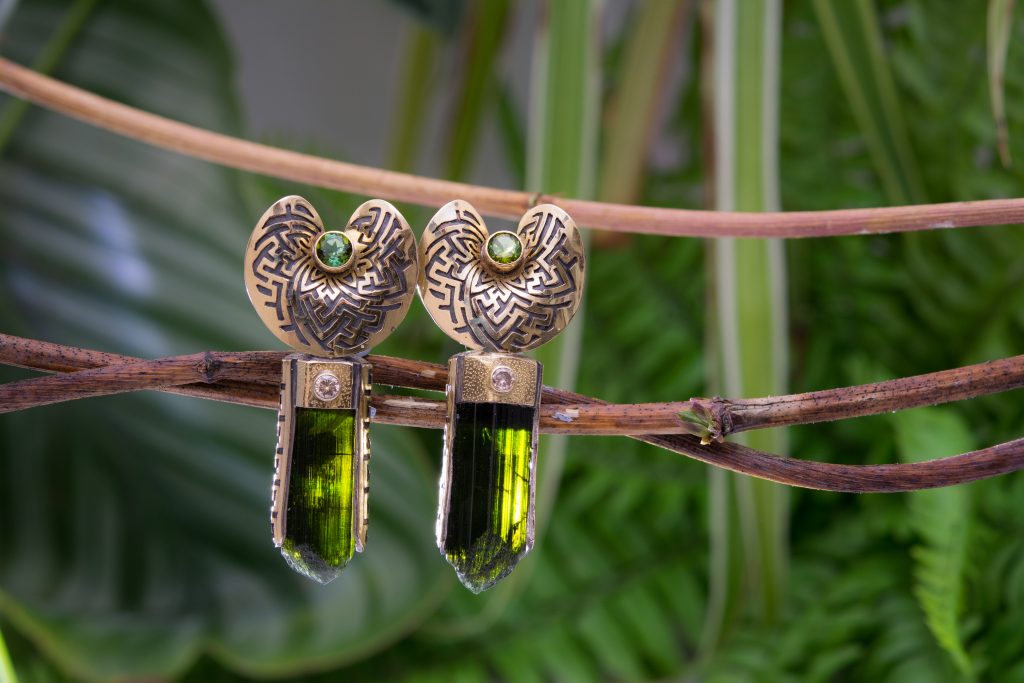
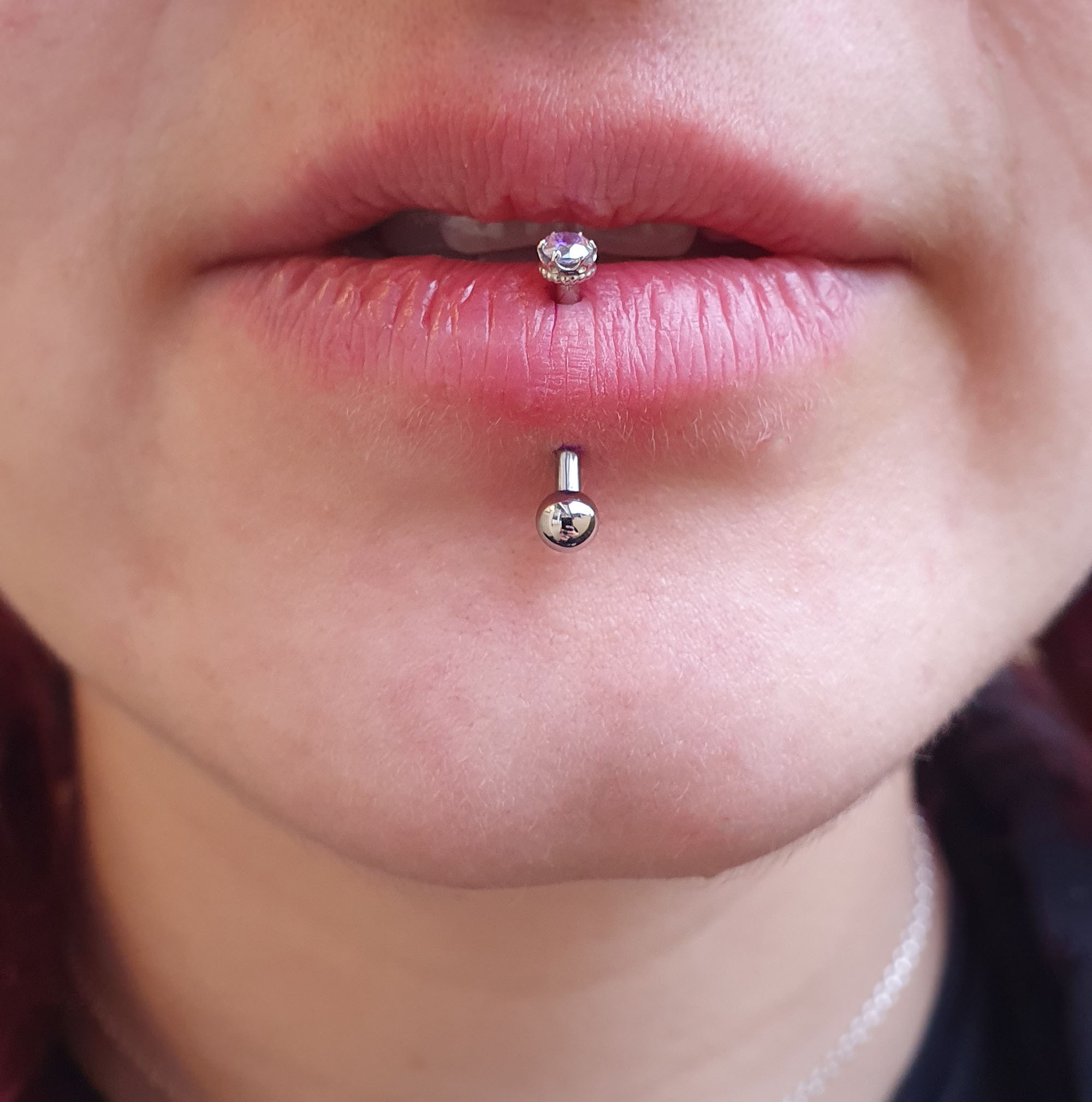
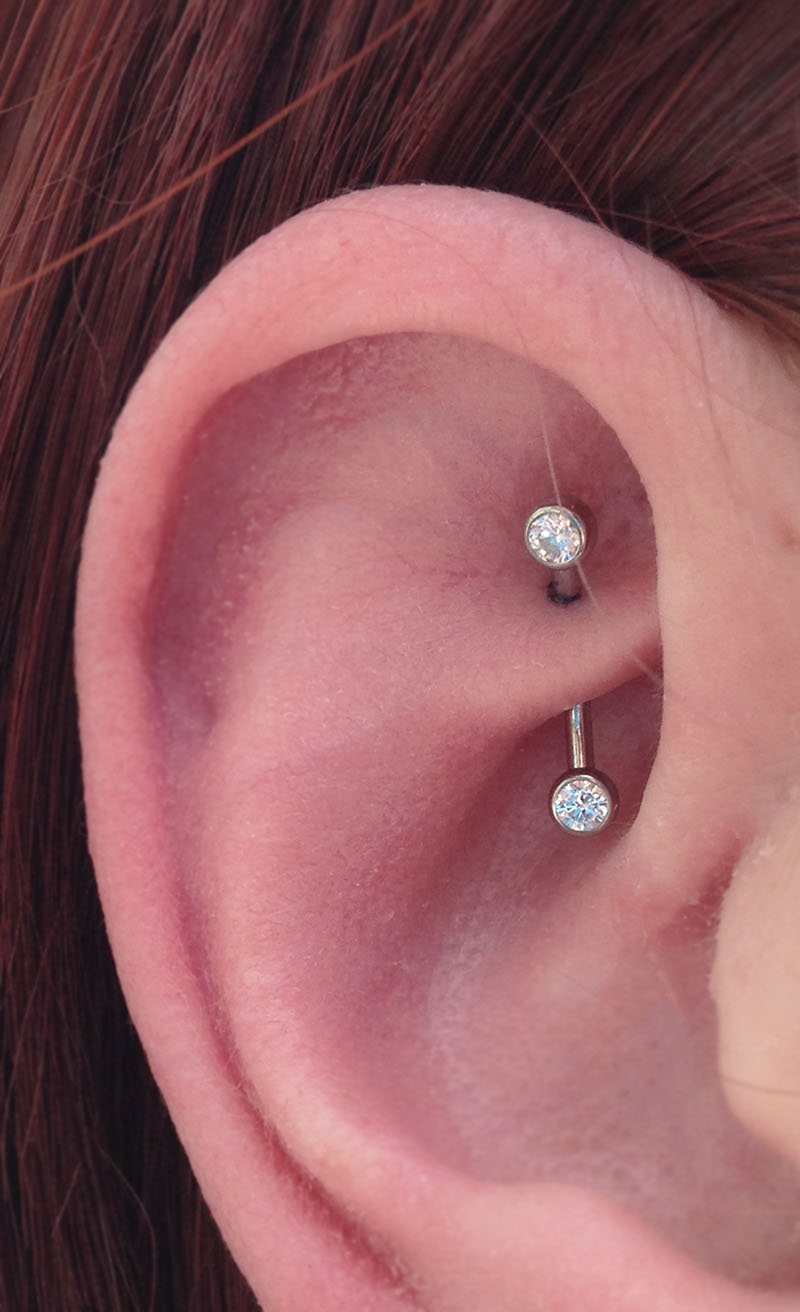
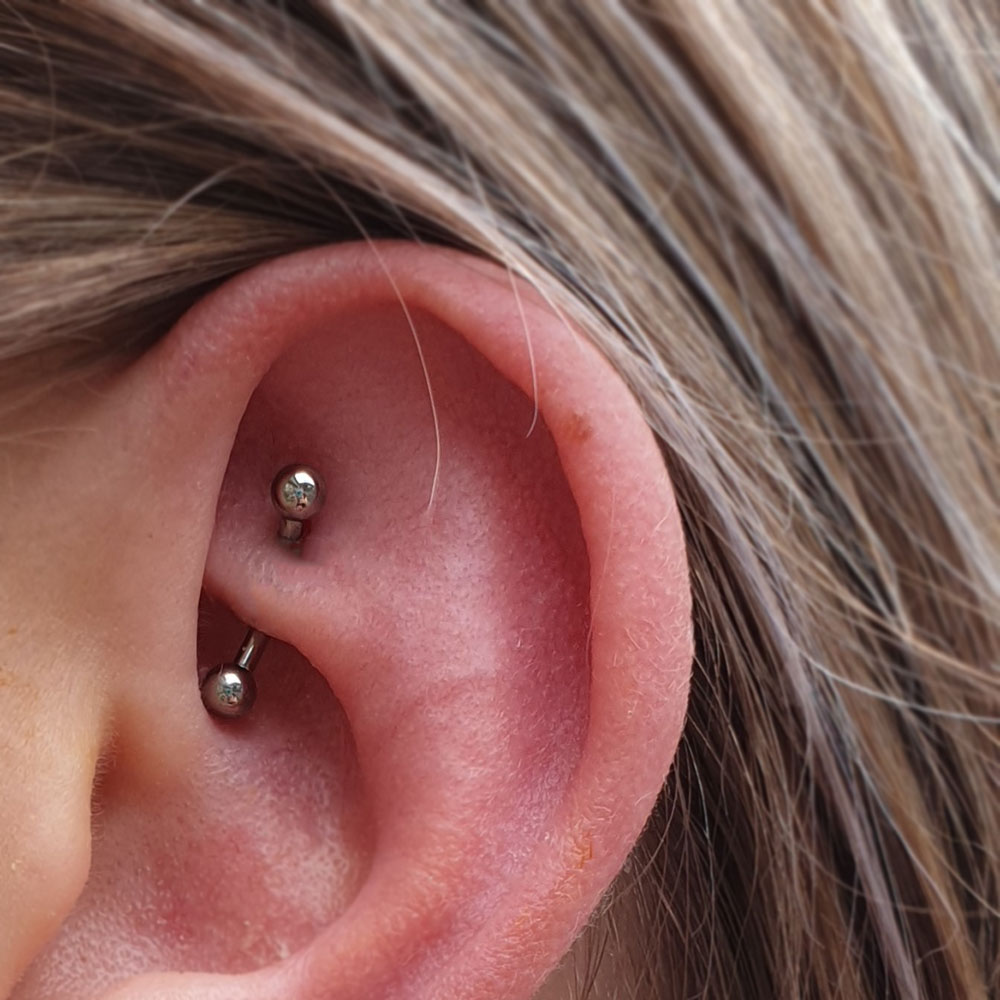
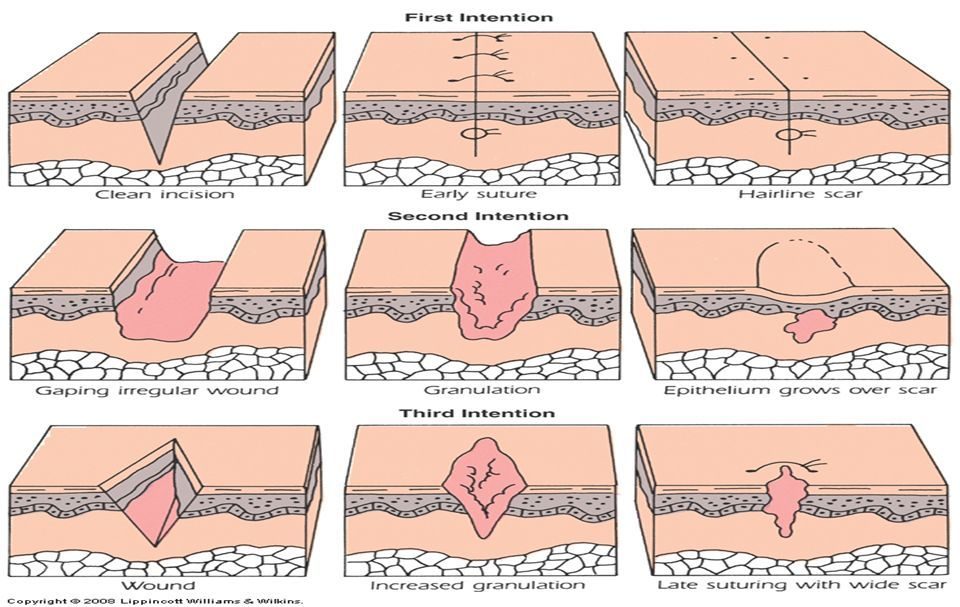
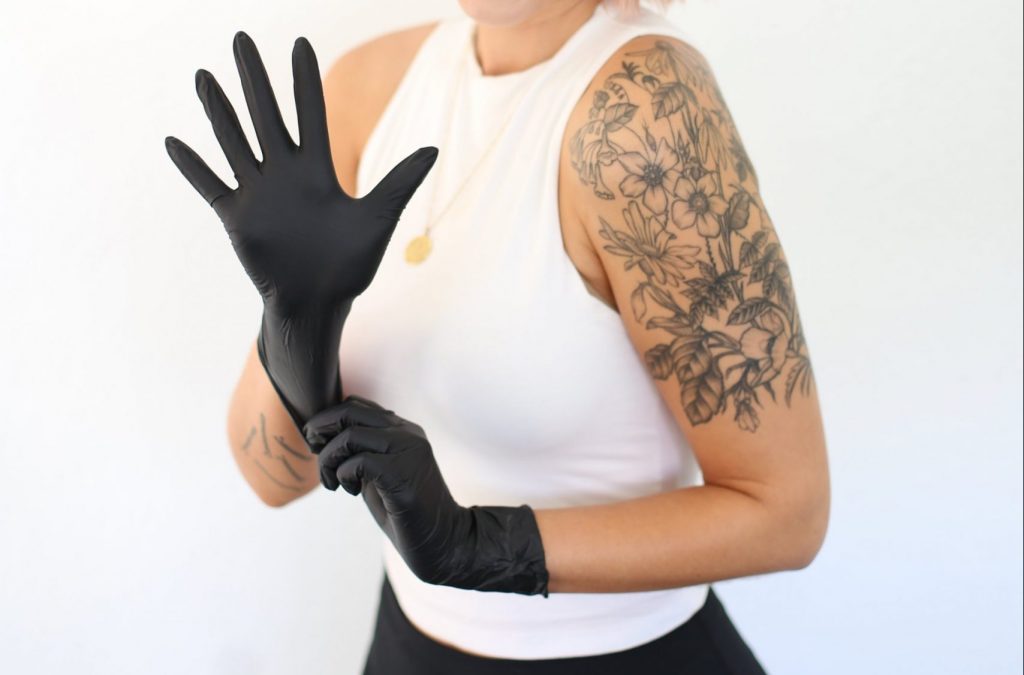
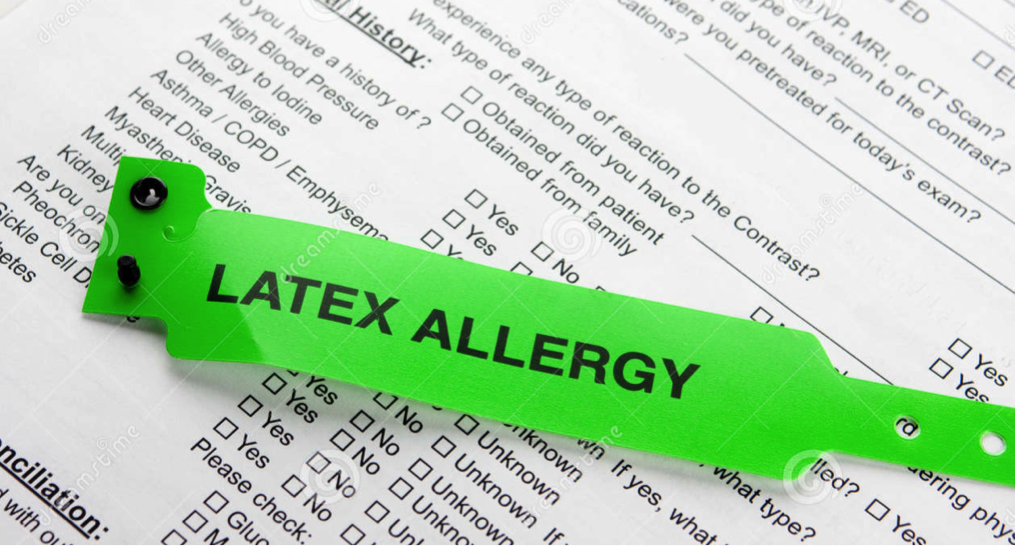 It’s understood that numerous people have an allergy to latex and many more are sensitive to it, resulting in possible skin complaints and discomforts or worse.
It’s understood that numerous people have an allergy to latex and many more are sensitive to it, resulting in possible skin complaints and discomforts or worse.